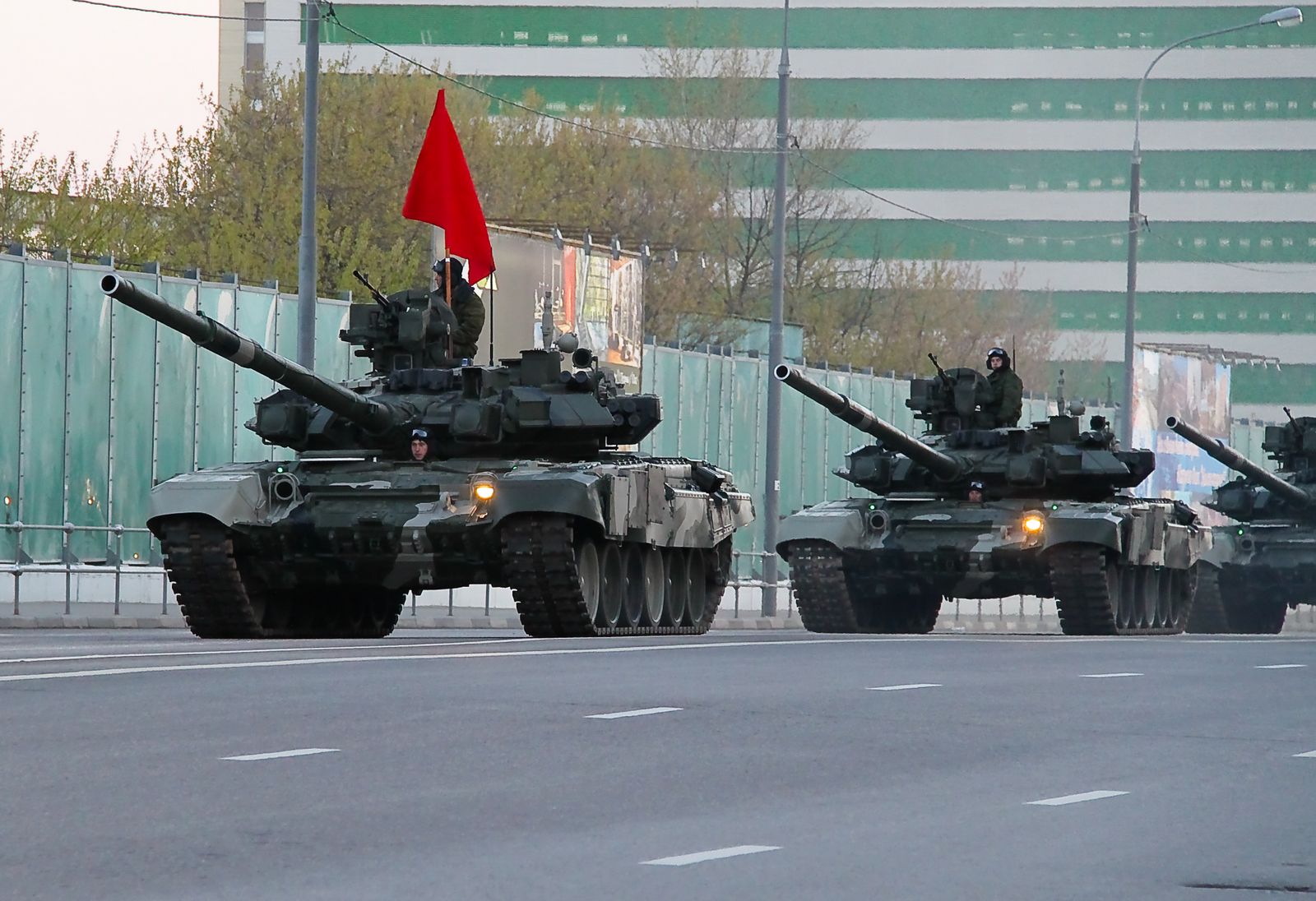
Russia’s military industries are struggling to meet the challenges of reduced state support that is forcing them into developing dual-use products for a civilian and export market they don’t understand, an expert on Moscow’s industrial policy said Tuesday.
Mathieu Boulegue, a partner at the risk management and consulting firm AESMA, told an audience at the Center for Strategic and International Studies, said the results of the change in focus is the modernization of existing systems at the expense of investing in new technology.|
Under President Vladimir Putin’s restructuring of the industry, Boulegue said the goal of 70 percent of its military hardware being modernized is being turned into extended service life programs not new programs, new systems or new equipment. On over-specialization, it is translating into “once they find a system they stick to it,” such as the 1980s designs for their aircraft, frigates and tanks and “not try to develop other systems.” Their history has been focused solely on meeting military requirements and providing jobs, not looking for markets and innovation.
Putin through the Military Industrial Commission, a relatively recent mechanism designed to reduce the bickering between the industries and the military, has set an ambitious goal that 30 percent of the products of its military industrial base will be dual use by 2025 and 50 percent by 2030.
Boulegue said although the commission had its roots in the Soviet system in setting goals, “it doesn’t have a clear mandate” on how to proceed and Putin remains at the top of the decision-making process.
Speaking at the Washington, D.C., think tank, he said the question is “can industries adapt” to “capitalist markets and venture capital” demands. This question is particularly acute in Russia’s shipyards.
Boulegue said Moscow is suffering “from a lack of military science in its military-industrial complex” as it cuts off the flow of ideas from its armed forces on what it needs to meet the dual-use goals. This is also leading to less money being spent on necessary research and development on military needs and little voice heard from the services on their requirements, creating “a survival of the fittest” among Russia’s 1,300 to 1,500 defense industries.
Later, he added 75 percent of these industries are either directly state-controlled or run by state-dominated consortia. He estimated 30 percent of these businesses are now operating at a loss.
Complicating matters for Russia’s defense industries is the loss of Ukraine as a supplier of critically needed components for intercontinental ballistic missiles, helicopters, engines, etc., after the fall of the Soviet Union and muddled further by the Kremlin’s backing of separatists in the eastern part of that country. Kiev accounted for about 15 percent of Soviet defense industry before the break-up. In response to Moscow’s seizing Crimea and supporting the separatists, NATO and the European Union have cut off the sale of Western Technologies to Russia.
For the first time and following a Chinese model, Boulegue said, “Audits will be made in each company” as to their profitability and not based on their social role of providing jobs in the Russian economy. The idea of mergers such as aircraft manufacturers Mikoyan and Sukhoi to better adapt to changing market demands, affect efficiencies in production and pool research and development funds are increasingly attractive, especially through Moscow’s Rosstec, created to spur high-tech industrial production.
“They have consolidated about half” of the country’s defense industries. The aim “is to attract investment.”
At the same time, there has been “a brain drain” from these industries because of “very low incomes” their engineers, technicians and designers receive and the continuing difficulty of creating civilian spinoffs” to keep plants open. There is still an attitude of “some kind of disdain for the civilian sector” in these industries’ management.





